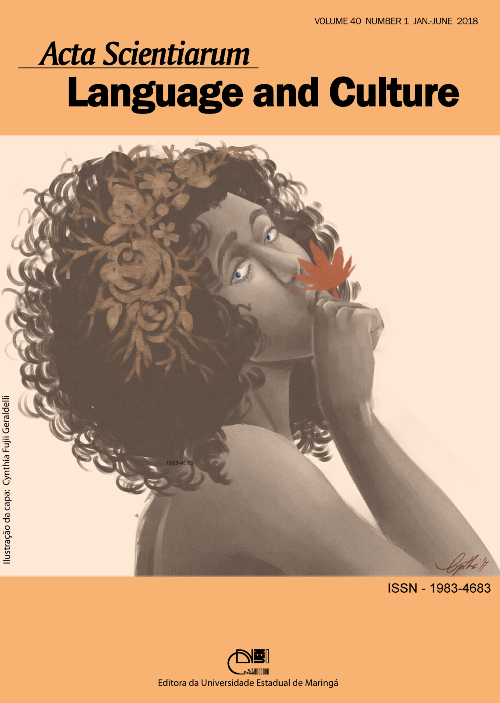<b>Contemporary study on the tradition of japanese haiku
Abstract
The article investigates how demands for plurality, concurrency and nonlinearity typical of contemporary aesthetics may dwell in haiku form and, paradoxically, how haiku, with its peculiar characteristics of composition, competes with such demands of today's world for the arts. The study illustrates the critical analysis about the literary haiku by Roland Barthes, Alberto Marsicano, Rodolfo Guttilla Wilzig, Paulo Franchetti, Elza Taeko Doi and Regina Weinreich. Correlations and oppositions between the Japanese classics such as Basho, Buson, Issa and Shiki, and the more contemporary practitioners of this art, as Paulo Leminski (on the national scene) or Jack Kerouac (in the international scene) are sought.
Downloads
DECLARATION OF ORIGINALITY AND COPYRIGHTS
I Declare that current article is original and has not been submitted for publication, in part or in whole, to any other national or international journal.
The copyrights belong exclusively to the authors. Published content is licensed under Creative Commons Attribution 4.0 (CC BY 4.0) guidelines, which allows sharing (copy and distribution of the material in any medium or format) and adaptation (remix, transform, and build upon the material) for any purpose, even commercially, under the terms of attribution.
Read this link for further information on how to use CC BY 4.0 properly.




















6.png)









